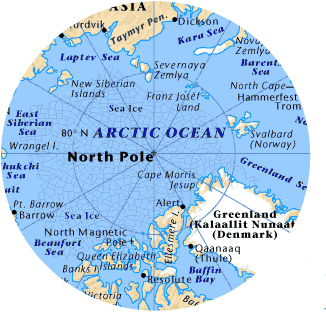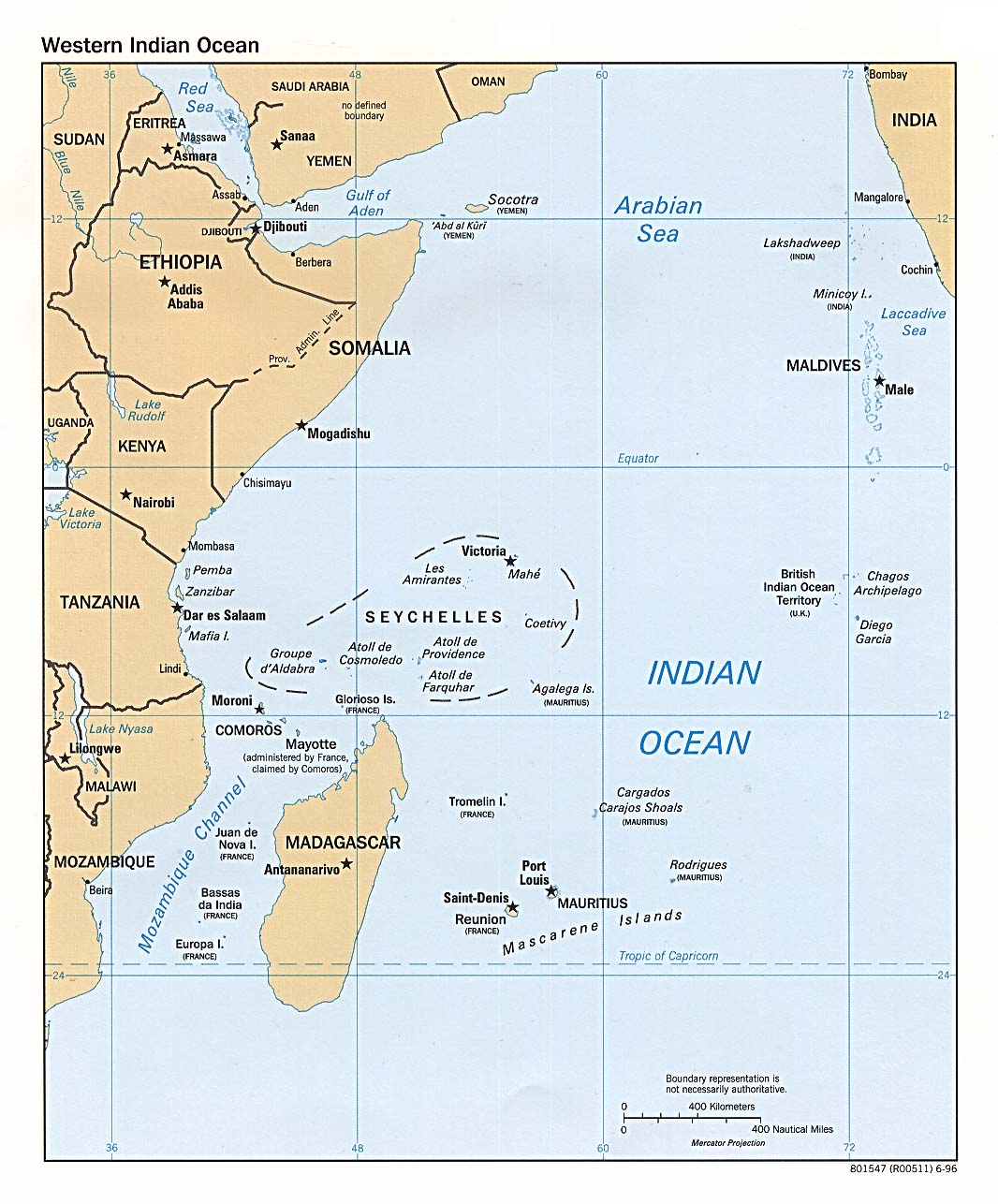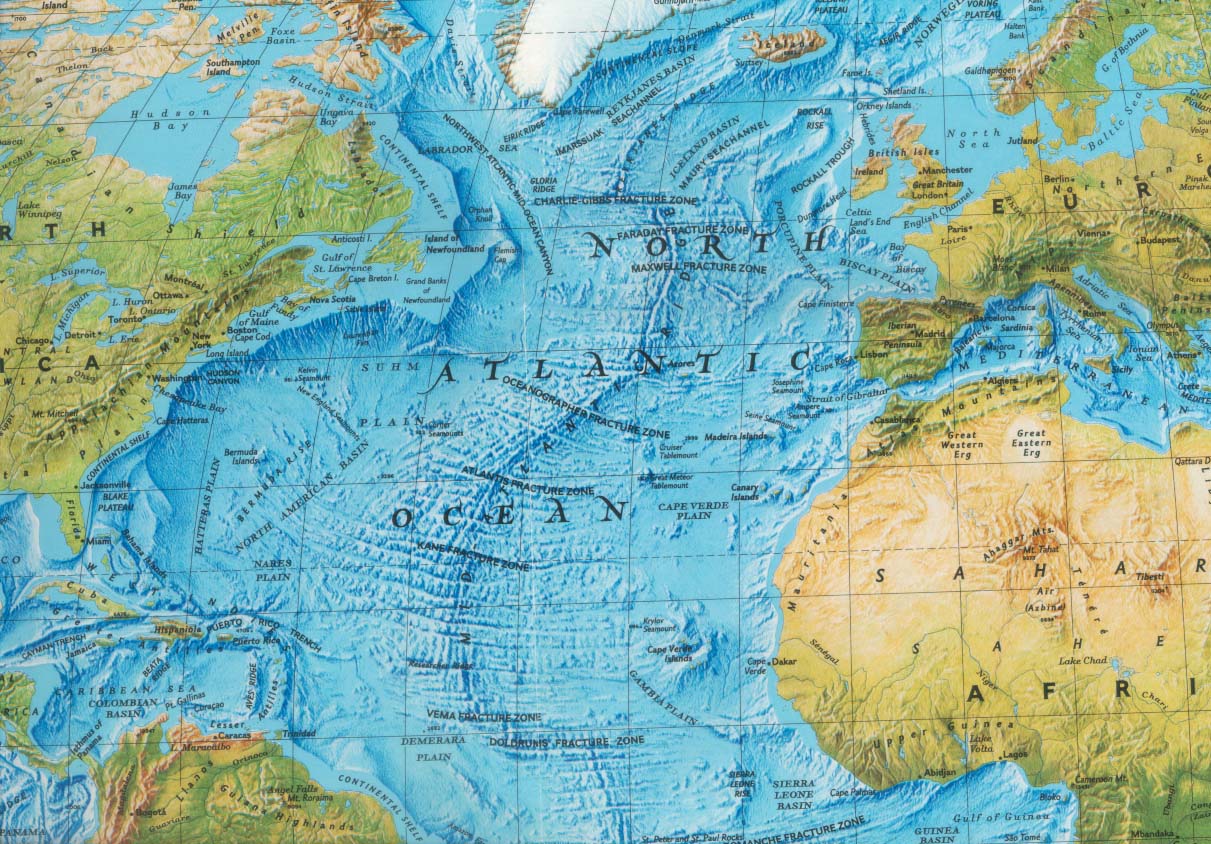South China Sea

South China Sea western arm of the Pacific Ocean, c.1,000,000 sq mi (2,590,000 sq km), between the SE Asian mainland and Taiwan, the Philippines, and Borneo. It is connected with the East China Sea by the Taiwan Strait. The Gulf of Tonkin and the Gulf of Thailand are its chief embayments. The southwestern part of the sea from the Gulf of Thailand to the Java Sea is an enormous submerged plain called the Sunda Platform; water is generally shallow (less than 200 ft/61 m) throughout this vast area. In contrast, the northeastern part of the sea is a deep basin, reaching depths of up to c.18,000 ft (5,490 m). The Pearl, Red, Mekong, and Chao Phraya are the largest rivers flowing into the South China Sea. Many islands and reefs dot the sea, which is a region subject to violent typhoons. The Paracels, Spratlys, and other islands and reefs in the sea are variously claimed by China, Taiwan, the Philippines, Malaysia, Brunei, and Vietnam. The conflicting claims, important because of the sea's fisheries and oil and natural gas deposits, have been a source of international tension at times.
Physiography
The sea’s major feature is a deep rhombus-shaped basin in the eastern part, with reef-studded shoals rising up steeply within the basin to the south (Reed and Tizard banks and the Nanshan Island area) and northwest (Paracel Islands and Macclesfield banks). The deep portion, called the China Sea Basin, has a maximum depth of 16,457 feet (5,016 metres) and an abyssal plain with a mean depth of some 14,100 feet (4,300 metres).
Along the eastern side of the basin, the continental shelf falls off sharply near the Philippine islands of Luzon and Palawan and forms the Palawan Trough near the latter island. Along the northwest side of the basin toward the mainland is a broad, shallow shelf as wide as 150 miles (240 km). This shelf includes the Gulf of Tonkin and the Taiwan Strait and the large islands of Hainan and Taiwan.
To the south, off Vietnam, the shelf narrows and connects with the Sunda Shelf, one of the largest in the world, which covers the area between Borneo, Sumatra, and the Malay Peninsula and includes the southern part of the South China Sea, the Gulf of Thailand, and the Java Sea. This broad trough is about 130 feet (40 metres) deep at its periphery and up to 330 feet (100 metres) in its central part. On the bottom of the shelf is a network of submerged river valleys that converge into the Sunda Depression and then into the China Sea Basin.
The Sunda Shelf is covered with littoral sediments contributed by submerged valleys. The inner zone of mud is characteristic of the continental shelf near the Mekong and Red river deltas, while the sediment of the deeper parts of the South China Sea is mainly composed of clay. A characteristic part of the sediments in both deep and shallow water is volcanic ash. This is found in layers, derived from large volcanic eruptions in the East Indies, notably the enormous eruption of Krakatoa in 1883, during which ash was transported through the entire area by both wind and currents.
The South China Sea has connecting channels. The Taiwan Strait on the north is about 100 miles (160 km) wide, with a depth of about 230 feet (70 metres). The Luzon Strait, the main deep channel connecting the South China Sea with the Pacific Ocean, lies between Taiwan and the Philippines and has a depth of about 8,500 feet (2,600 metres). Shallow channels are found on the east along the Philippine island chain and on the south between Borneo and Sumatra. The western connection to the Indian Ocean is the long Strait of Malacca. At its narrowest it is 19 miles (31 km) wide and about 100 feet (30 metres) deep.
The South China Sea is the largest marginal sea of the western Pacific. Some 1 million to 60 million years ago, it rifted and then collapsed as a result of seafloor spreading. The China Sea Basin is believed to have dropped 2.5 miles (4 km), leaving residual plateaus studded with numerous coral reefs, islets, and banks, some of which are drowned atolls.
Climate
Weather in the sea is tropical and largely controlled by monsoons. In summer, monsoonal winds blow predominantly from the southwest; in winter, winds blow from the northeast. Annual rainfall varies from about 80 inches (2,000 mm) to more than 120 inches (3,000 mm) around the southern basin. Summer typhoons are frequent.
Along the eastern side of the basin, the continental shelf falls off sharply near the Philippine islands of Luzon and Palawan and forms the Palawan Trough near the latter island. Along the northwest side of the basin toward the mainland is a broad, shallow shelf as wide as 150 miles (240 km). This shelf includes the Gulf of Tonkin and the Taiwan Strait and the large islands of Hainan and Taiwan.
To the south, off Vietnam, the shelf narrows and connects with the Sunda Shelf, one of the largest in the world, which covers the area between Borneo, Sumatra, and the Malay Peninsula and includes the southern part of the South China Sea, the Gulf of Thailand, and the Java Sea. This broad trough is about 130 feet (40 metres) deep at its periphery and up to 330 feet (100 metres) in its central part. On the bottom of the shelf is a network of submerged river valleys that converge into the Sunda Depression and then into the China Sea Basin.
The Sunda Shelf is covered with littoral sediments contributed by submerged valleys. The inner zone of mud is characteristic of the continental shelf near the Mekong and Red river deltas, while the sediment of the deeper parts of the South China Sea is mainly composed of clay. A characteristic part of the sediments in both deep and shallow water is volcanic ash. This is found in layers, derived from large volcanic eruptions in the East Indies, notably the enormous eruption of Krakatoa in 1883, during which ash was transported through the entire area by both wind and currents.
The South China Sea has connecting channels. The Taiwan Strait on the north is about 100 miles (160 km) wide, with a depth of about 230 feet (70 metres). The Luzon Strait, the main deep channel connecting the South China Sea with the Pacific Ocean, lies between Taiwan and the Philippines and has a depth of about 8,500 feet (2,600 metres). Shallow channels are found on the east along the Philippine island chain and on the south between Borneo and Sumatra. The western connection to the Indian Ocean is the long Strait of Malacca. At its narrowest it is 19 miles (31 km) wide and about 100 feet (30 metres) deep.
The South China Sea is the largest marginal sea of the western Pacific. Some 1 million to 60 million years ago, it rifted and then collapsed as a result of seafloor spreading. The China Sea Basin is believed to have dropped 2.5 miles (4 km), leaving residual plateaus studded with numerous coral reefs, islets, and banks, some of which are drowned atolls.
Climate
Weather in the sea is tropical and largely controlled by monsoons. In summer, monsoonal winds blow predominantly from the southwest; in winter, winds blow from the northeast. Annual rainfall varies from about 80 inches (2,000 mm) to more than 120 inches (3,000 mm) around the southern basin. Summer typhoons are frequent.







